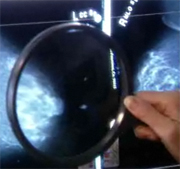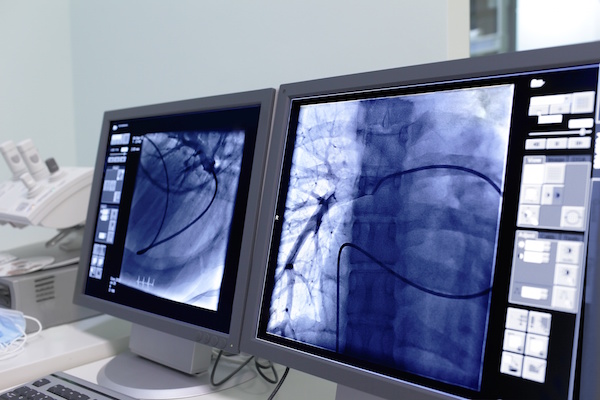
THURSDAY, Oct. 21 (HealthDay News) — A new study suggests that in women undergoing breast-conserving surgery, removing at least 2 millimeters of healthy tissue in addition to a cancerous breast tumor is enough to lower the risk of residual cancer.
Surgeons disagree about how much of a “free margin” around a tumor is ideal, according to the study, which appears online in the November issue of IJCP, the International Journal of Clinical Practice. In the United Kingdom, about two-thirds of surgeons surveyed said they prefer a margin of 2 millimeters or more, while nearly a quarter favor removing only 1 millimeter.
“The issue is that whenever you take a lump out of someone’s breast, you want to have some normal tissue around the entire malignancy. That’s how the surgeon can make the statement that ‘I think I got the whole thing,'” said Dr. Otis Brawley, chief medical officer of the American Cancer Society.
Surgeons often perform a procedure again if they don’t think the margins are large enough, Brawley said.
In the new study, researchers from Good Hope Hospital in West Midland, U.K., examined the medical records of 303 breast cancer patients undergoing breast conservation therapy to remove a cancerous lump. They found that 44 percent underwent follow-up surgery because the margins around the tumors were less than 5 millimeters and considered too small. Upon examination of the excised tissues, however, only about 2 percent of those with margins of 2 millimeters or more showed signs of residual cancer.
This meant that with a free margin of 2 millimeters or more, 98 percent of the patients showed no signs of residual cancer, the researchers said.
In addition, they found that the amount of residual disease decreased as the margin increased: 35.3 percent of the women who underwent surgery for invasive breast cancer had residual cancer with no margin, compared to 2.4 percent with a margin of more than 2 millimeters.
“Our results clearly show a relationship between the width of the free margin and the likelihood of finding residual disease at further surgery,” the researchers wrote. “To minimize the risk of residual disease, we would recommend aiming for a free margin from invasive tumor of 2 millimeters.”
However, the study authors noted that the findings did not apply to women with a precancerous condition known as ductal carcinoma in situ (DCIS). One-third of the patients with DCIS had residual disease even with a free margin up to 5 millimeters. “The equivalent free margin for DCIS remains unknown,” they wrote.
Brawley said surgeons may someday embrace 2-millimeter margins around malignant tumors and perform fewer follow-up surgeries as a result. “But it’ll be a while before people gravitate to it,” he said.
More information
The U.S. National Library of Medicine has more on breast cancer.

